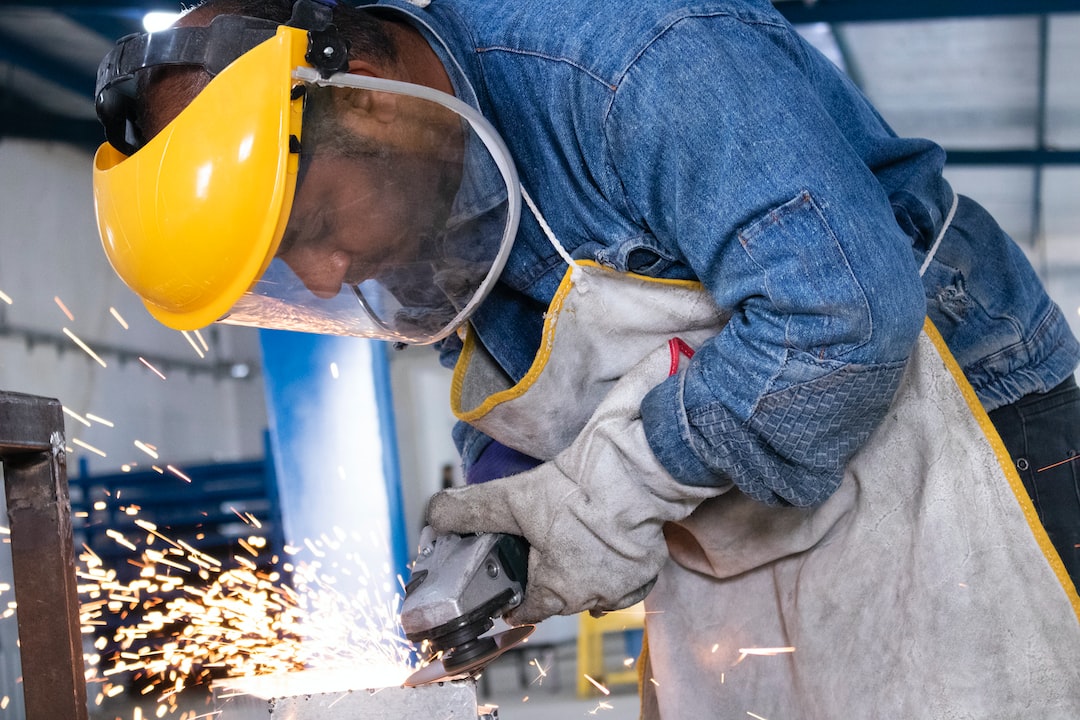Digital twins have become a significant buzzword in the manufacturing industry over the past few years. They are being increasingly adopted by manufacturers to optimize processes, reduce costs, and improve product quality. Simply put, digital twins are virtual replicas of physical systems, components or products. They use real-time data to simulate the functionality of these systems and their behavior under different operating conditions, thus enabling manufacturers to gain insight into their most critical components and make better decisions.
The Benefits of Digital Twins in Manufacturing
1. Predictive Maintenance
One of the most significant advantages of digital twins is their ability to enable predictive maintenance. Through the creation of a digital replica, manufacturers can monitor the health of the system in real-time, detect anomalies and predict potential failures before they occur. By doing so, they can avoid expensive downtime and schedule maintenance and repairs strategically. Predictive maintenance saves costs and enhances maintenance efficiency, thus improving overall productivity.
2. Quality Control
With digital twins, manufacturers can simulate manufacturing processes, allowing them to optimize quality control procedures. Every aspect of the manufacturing process can be simulated and monitored, enabling manufacturers to detect defects early and ensure that the end product is of high quality. Digital twins can be programmed to identify issues such as deviations from specifications, helping to ensure that each product meets the required standards.
3. Design and Simulation
Digital twins are crucial in the design process as they enable real-time simulations of the product or system that is being built. Manufacturers can test different configurations, troubleshoot problems and evaluate potential changes without disrupting the physical product. This approach significantly reduces the cost and risks associated with building a physical prototype, while also improving the design and innovation process.
4. Supply Chain Efficiency
Digital twins can be used to enable the optimization of the supply chain, from forecasting inventory needs to tracking parts movement. By simulating the performance of the supply chain in real-time, manufacturers can identify critical bottlenecks and optimize their processes to reduce cost and increase efficiency.
5. Operational Efficiency
Digital twins provide real-time insights into the performance of manufacturing systems, enabling manufacturers to diagnose and resolve issues quickly. By simulating different scenarios, manufacturers can determine the most efficient workflows, improve throughput, and reduce downtime, thus improving overall operational efficiency.
Conclusion
Digital twins have become an essential tool for manufacturers as they enable them to optimize processes, reduce costs, and improve product quality. From predictive maintenance to design and simulation and supply chain efficiency, digital twins are enabling manufacturers to make better decisions and remain competitive in an ever-changing landscape. With the rise of Industry 4.0, digital twins are set to revolutionize manufacturing, providing manufacturers with real-time insights into their processes and systems, and enabling them to adapt to changing demands quickly. The future of manufacturing is digital, and digital twins are at the forefront of this transformation.

